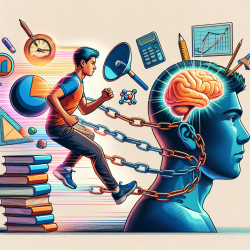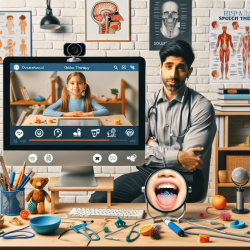Introduction
In the realm of child development, the intersection of academic performance and physical activity is a subject of great interest. A recent study titled Leisure-Time Physical Activity and Academic Performance: Cross-Lagged Associations from Adolescence to Young Adulthood sheds light on this intricate relationship. The findings reveal that academic performance in adolescence can predict leisure-time physical activity in young adulthood, but not vice versa. This insight is crucial for practitioners in speech language pathology and education, as it highlights the importance of fostering academic skills to promote overall well-being.
Key Findings
- Higher academic performance at ages 12, 14, and 17 predicted increased leisure-time physical activity at later stages.
- Leisure-time physical activity did not predict future academic performance.
- The study utilized a cross-lagged path model, indicating the temporal stability of academic performance over time.
Implications for Practitioners
For practitioners, these findings underscore the need to focus on academic interventions as a means to enhance physical activity levels. By prioritizing academic achievement, we can indirectly encourage healthier lifestyle choices among adolescents. This approach aligns with the broader goal of promoting holistic development in children.
Encouraging Further Research
While the study provides valuable insights, it also opens avenues for further exploration. Practitioners are encouraged to delve deeper into the mechanisms underlying the relationship between academic performance and physical activity. Investigating factors such as cognitive ability and environmental influences can offer a more comprehensive understanding of this association.
Conclusion
The study highlights the pivotal role of academic performance in predicting leisure-time physical activity. For practitioners, this emphasizes the importance of fostering academic skills to promote overall well-being in children. By leveraging these insights, we can create data-driven strategies that enhance outcomes for children.
To read the original research paper, please follow this link: Leisure-Time Physical Activity and Academic Performance: Cross-Lagged Associations from Adolescence to Young Adulthood.










